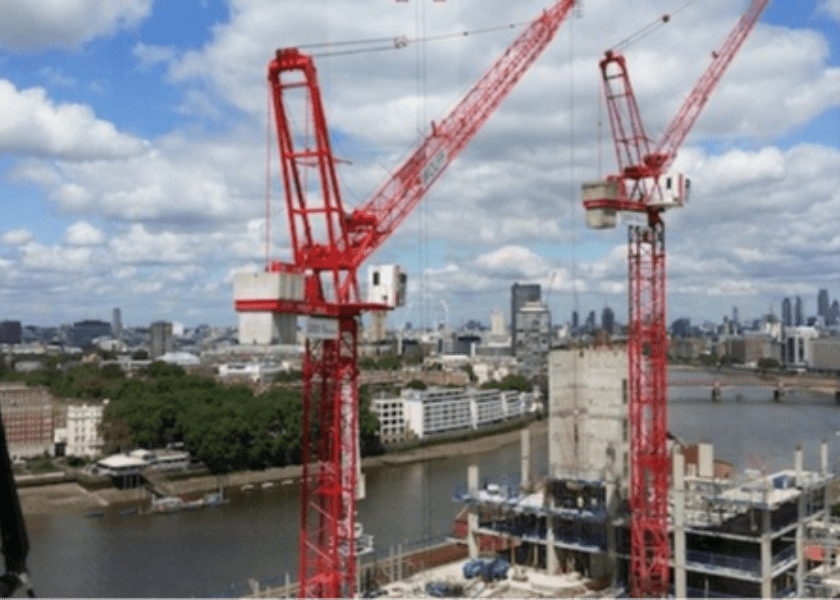
Domestic Reverse Charge Information
From 1 March 2021 there will be a major change to VAT accounting for certain supplies of building and construction services.
The new DRC rules will shift the responsibility for accounting for VAT from a VAT registered supplier to the customer. Many LEEA members could be caught by these changes which are known as the Domestic Reverse Charge (DRC).
- the customer is registered for VAT in the UK, and
- payment for the supply is reported within the Construction Industry Scheme (CIS), and
- the services supplied are standard or reduced rated, and
- the supplier is not an employment business supplying either staff or workers, or both
“Construction Services” affected are services defined as “construction operations” in the CIS. HMRC provides a useful flowchart for deciding when the charge applies which can be found here.
Members should consider on a project by project basis whether their supply falls within the CIS. If it does not then the DRC is unlikely to apply. We understand that the work of professionals is excluded from the CIS where they are acting purely as consultants. Typically, HMRC say this would include the production of designs, plans, technical assessments and reports relating to construction projects including site testing. Any work that goes beyond a consultative or advisory role and becomes the supervision of labour or the co-ordination of construction work using that labour is unlikely to be excluded from the CIS.
From 1 March 2021, when the DRC applies, the invoice issued by a supplier:
- should be net of any VAT due;
- must show that the reverse charge applies and the VAT rate; and
- make clear that it is the customer’s responsibility to account for VAT.
HMRC’s suggested invoice wording is “Customer to account to HMRC for the reverse charge output tax on the VAT exclusive price of items marked ‘reverse charge’ at the relevant VAT rate as shown above”.
VAT due from a customer where the DRC applies is included on the customer’s VAT return in Boxes 1 and 4 (to the extent that the VAT is reclaimable under the normal rules). The net value is included in Box 7. The supplier should show the net value of the supply in Box 6 of its VAT return.
The DRC will not apply where a customer advises in writing that for that supply the customer is an:
- End User – for example, an occupier or developer; or,
- an Intermediary Supplier.
HMRC defines End Users as ‘…businesses, or groups of businesses, that are VAT and Construction Industry Scheme registered, but do not make onward supplies of the building and construction services supplied to them.’
Intermediary Suppliers are VAT and Construction Industry Scheme registered businesses that are ‘connected’ with or ‘linked’ to their own customer. ‘Connected’ means ‘connected applying section 1161 of the Companies Act 2006’ and ‘linked’ means that ‘the intermediary supplier has a relevant interest in the land’. A ‘relevant interest’ does not include the right to occupy land solely to carry out building and construction services.
When the DRC does not apply, the onus is on the customer to notify its status in writing to the supplier. Without notification from the customer that it is an End User or Intermediary Supplier VAT should not be charged on impacted supplies from 1 March 2021. VAT charged incorrectly because the DRC should have applied cannot be reclaimed by the customer. HMRC guidance on end users, intermediaries and notification can be read here.
The cashflow effect of the DRC on contractors that utilise VAT paid by customers, pending submission of VAT returns, may be significant. Such businesses may become net VAT claimants and may wish to consider changing to monthly VAT returns to facilitate the recovery of VAT on business expenditure.
DISCLAIMER: This note is intended to notify an important change in VAT accounting and is not to be viewed as advice. Members are advised to seek professional advice or discuss the position with HMRC.



